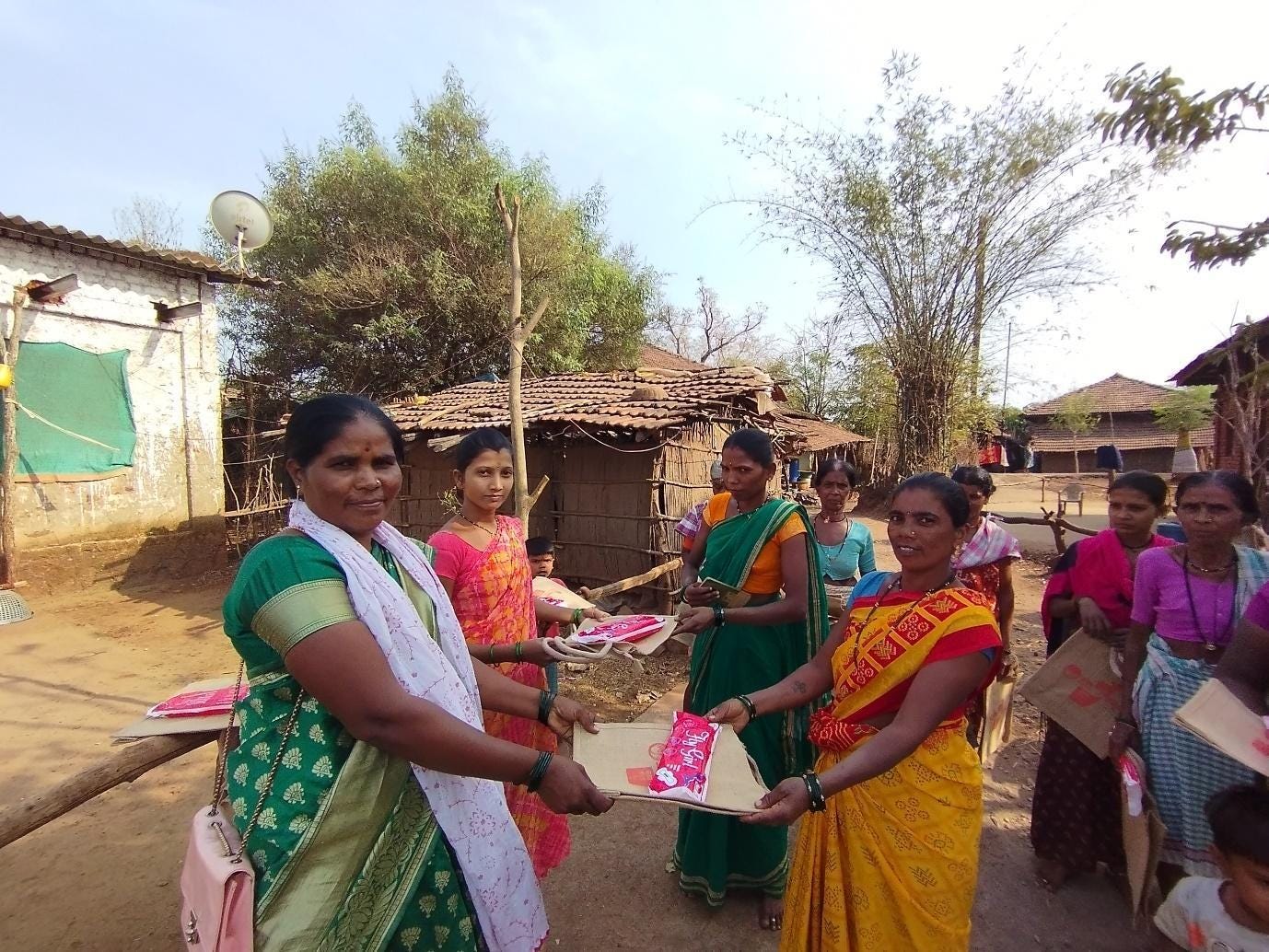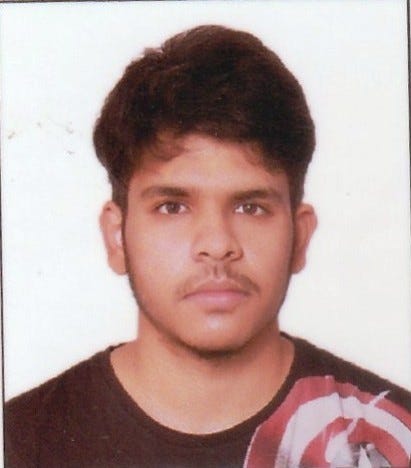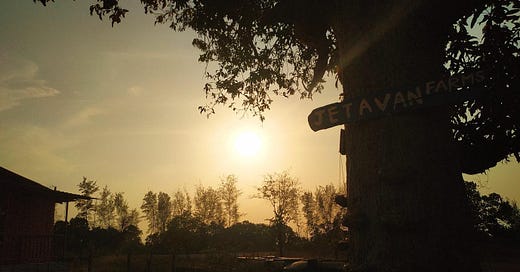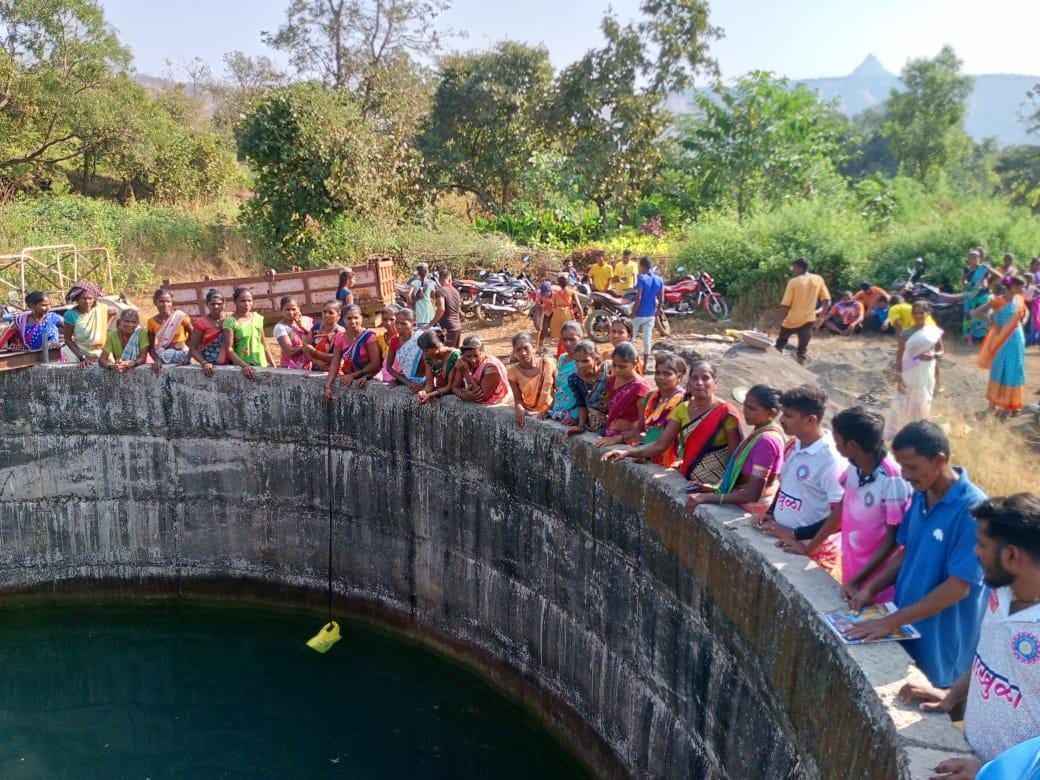Keywords: Women Resilience, Drought, Tribes Development, India
There are not many instances when we observe the theory in practice in the field. I got that one chance in Bhaktachiwadi village in Maharashtra. The fieldwork opportunity diversified my experience in a rural setting, wherein my village was the sole one earlier.
Located about 80 kilometers from Mumbai lies this serene hinterland, which stands in stark contrast to the cosmopolitan situated nearby; this region is more of a tranquil backdrop offering a distinct vibrancy and learning filled with ingenious experiences. The region is home to Bhimashankar Sanctuary and is inhabited by members of indigenous tribes, including those of Thakar, Katkari, and Mahadeo Koli, along with the Maratha community.
The presence of forests, trek routes, and pilgrim sites make it a worthwhile spot to visit for an escapade. Local bedtime stories of hunting and wild animals appearing in the backyard, marriage processions, pristine skies, forest veggies, peaceful sleep, and mesmerizing views sum up this immaculate locus.
Socioeconomic Realities
There is a realistic core in this romanticized tale. India is home to the second-largest tribal population in the world. 95 per cent of these 104 million live in rural areas of the nation, and the villages in Karjat are home to a large population of these tribes (Press Information Bureau, 2022; Census, 2011). The region is drought-prone and, hence, has been devoid of freshwater resources for half a year. Not to mention, the lack of irrigation forces people to grow selective crops and forage in the forests for everything else. With no fodder available and drought-like conditions prevailing, almost no household prefers and can even afford to keep livestock. They end up working as agricultural laboure’s. Another layer of societal exclusion is prominent. The dominant position of the land-owning Maratha community is less prevalent now, but due to historical discrimination, the situation remains worse. Due to the lack of connectivity, males have to work in far-away places, predominantly brick kilns and factories, leaving the female members behind, who are dependent on forests to meet other needs. Lack of direct water accessibility drives them to travel to fetch the water. Child marriage is common in the community, putting the burden of raising and rearing at a young age itself. This compounds health issues in the later stages of life, especially for women. Alcoholism and domestic violence do not help at all and lead the female members to be in a subservient position.
Widows and divorcees are treated even worse by society and family. Lack of trust and misconceptions towards financial institutions and healthcare facilities due to fear and force worsen the situation. Multiple studies substantiate the observations (Mutatkar, n.d; Nimisha, 2020).

Grassroots Leadership: Transforming Lives
There are some who are trying to reform the outlook. Women like Indu Kevari, an ASHA worker hailing from the Thakar community, have worked immensely in the region. It started when she came in contact with an NGO and realized the importance of the upliftment of women in the region and a brighter future for her two daughters. Initially, she had to defy her husband and the whole family. In her words, “I was left all alone, but I never gave up. My husband later understood and supported me. Now, after almost a decade, the attitude is different. Earlier, people used to shun me. I used to sit outside houses for hours. I used to tell people about the importance of educating their kids. The benefit of depositing money into bank accounts. Not marrying their kids early, the importance of medically assisted pregnancy. They didn’t understand at first. However, with the help of NGOs, I was able to communicate the need to become self-reliant. Then, there would be less chance for someone to get swindled. I had to fight local politicians and several others. But I got help from the right people along the way as well, and they were my strength throughout.
Women earlier didn’t sit on the seats of buses or trains as it was ingrained in their minds that they could not. But that has changed now. They now have bank accounts, which was impossible earlier as they thought of banks as money hoarders. All of this was possible only after we took them on the bus ride and banks and showed them reality. Insisted them to do things by themselves and not be dependent on others. Multiple women in the area are becoming aware for better.” With the help of NGOs like the Manas Foundation, she has conducted workshops on financial education and healthcare, has sent women on fellowships to cities to establish themselves independently, and made them aware of government policies that they can avail. Such efforts have led to several improvements, such as multiple old-aged widowed females now having a home under the PM-Awas Yojana and pensions under the Atal Pension Yojana. People in the villages have an Ayushman Bharat Card to access healthcare facilities. Kids have started pursuing a graduation degree and are looking for employment. The region now has access to the water supply. This capacity building has also helped raise the spirits of women in the region to start self-help groups. Amrita Jadhav of Manas Organization underlined the efforts of Mrs. Indu’s importance, calling her the cornerstone of this progress.
This was something different from my rural experience. The struggle to uphold the rights and respect of the vulnerable blazed me anew. The story of Indu Kaveri showcases the need and way for tribal development and gender empowerment in our nation.
— Gagan Pal
Author’s Bio

Connect with us at:
Thanks for reading Just Rural Futures! Subscribe for free to receive new posts and support my work.





